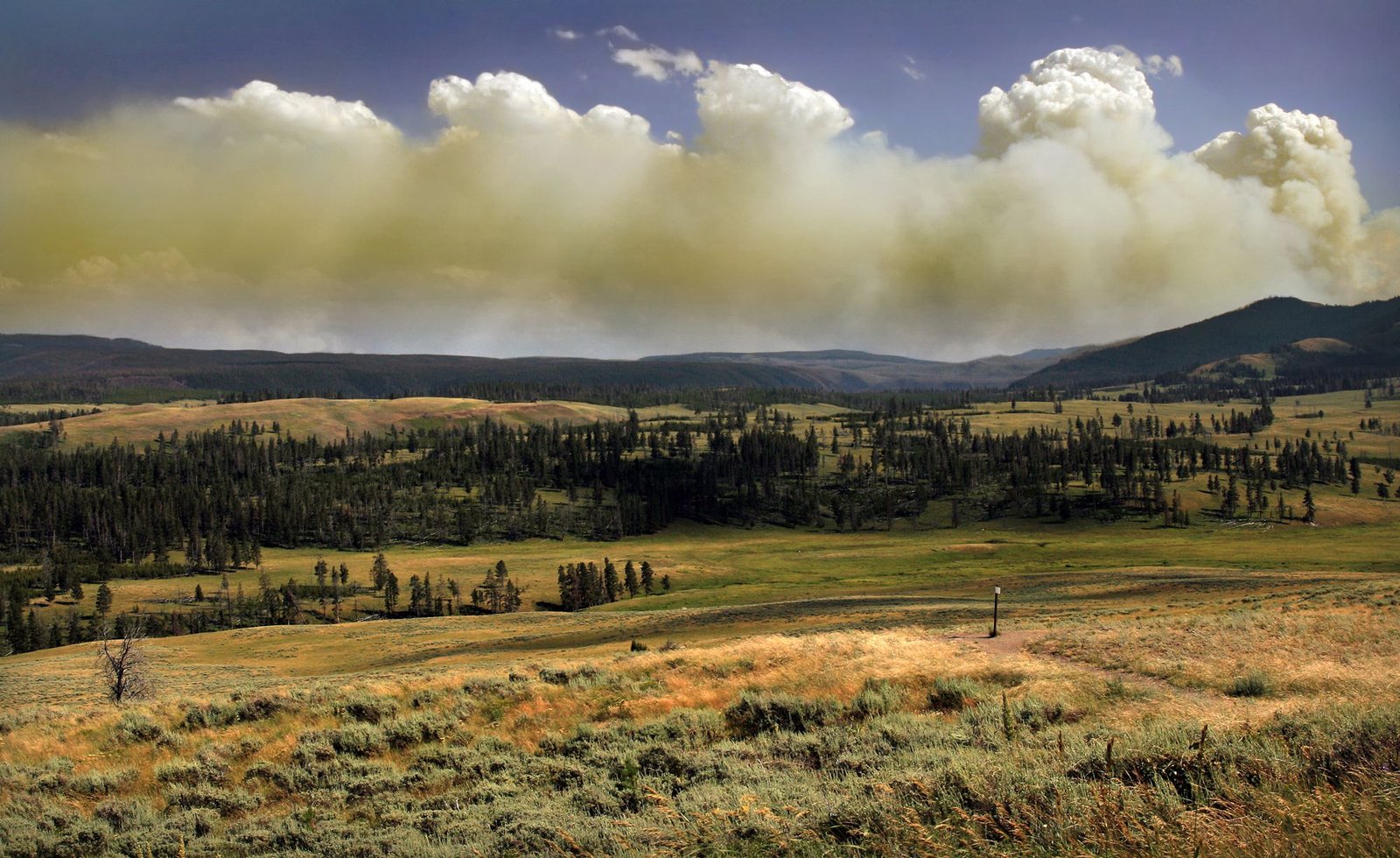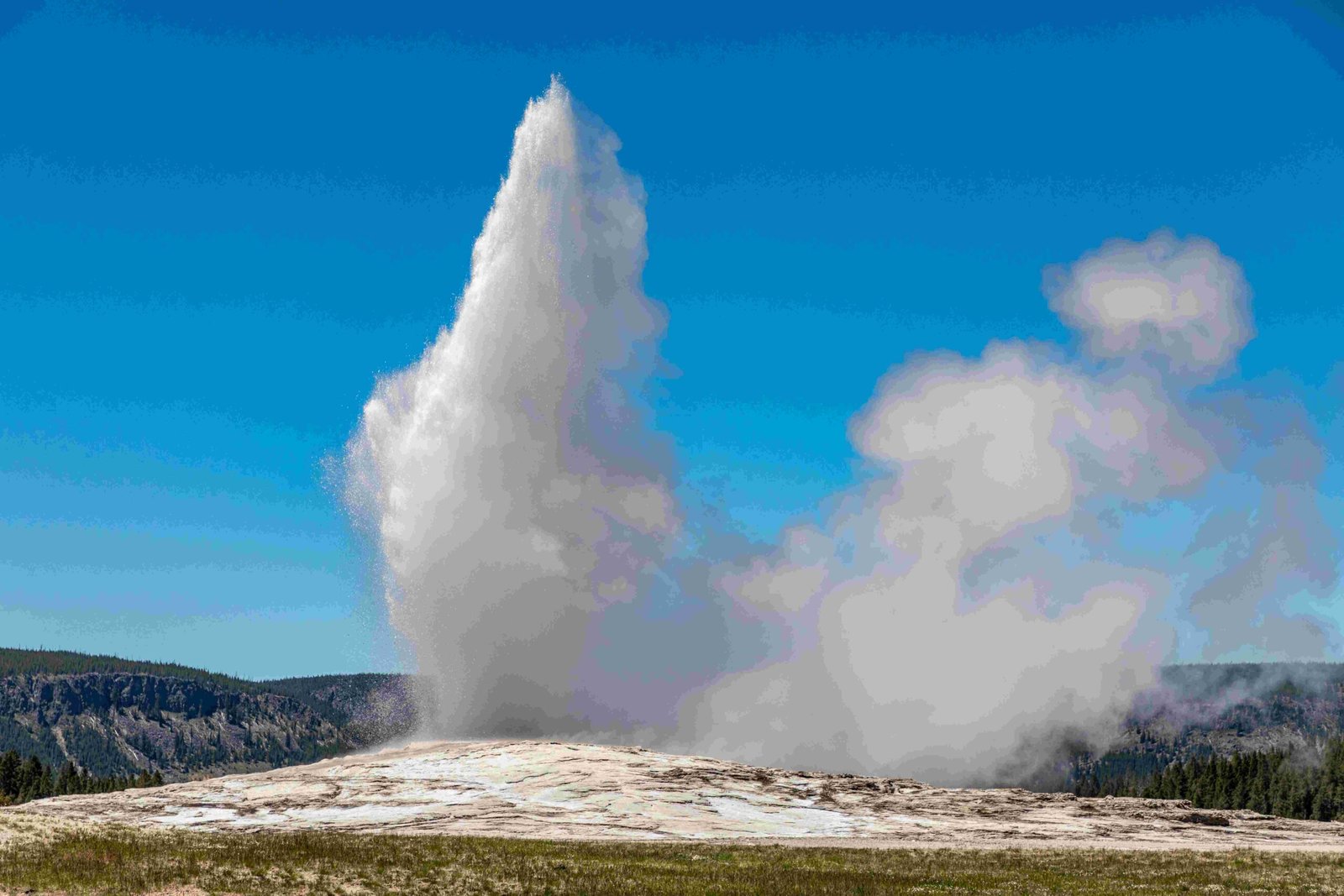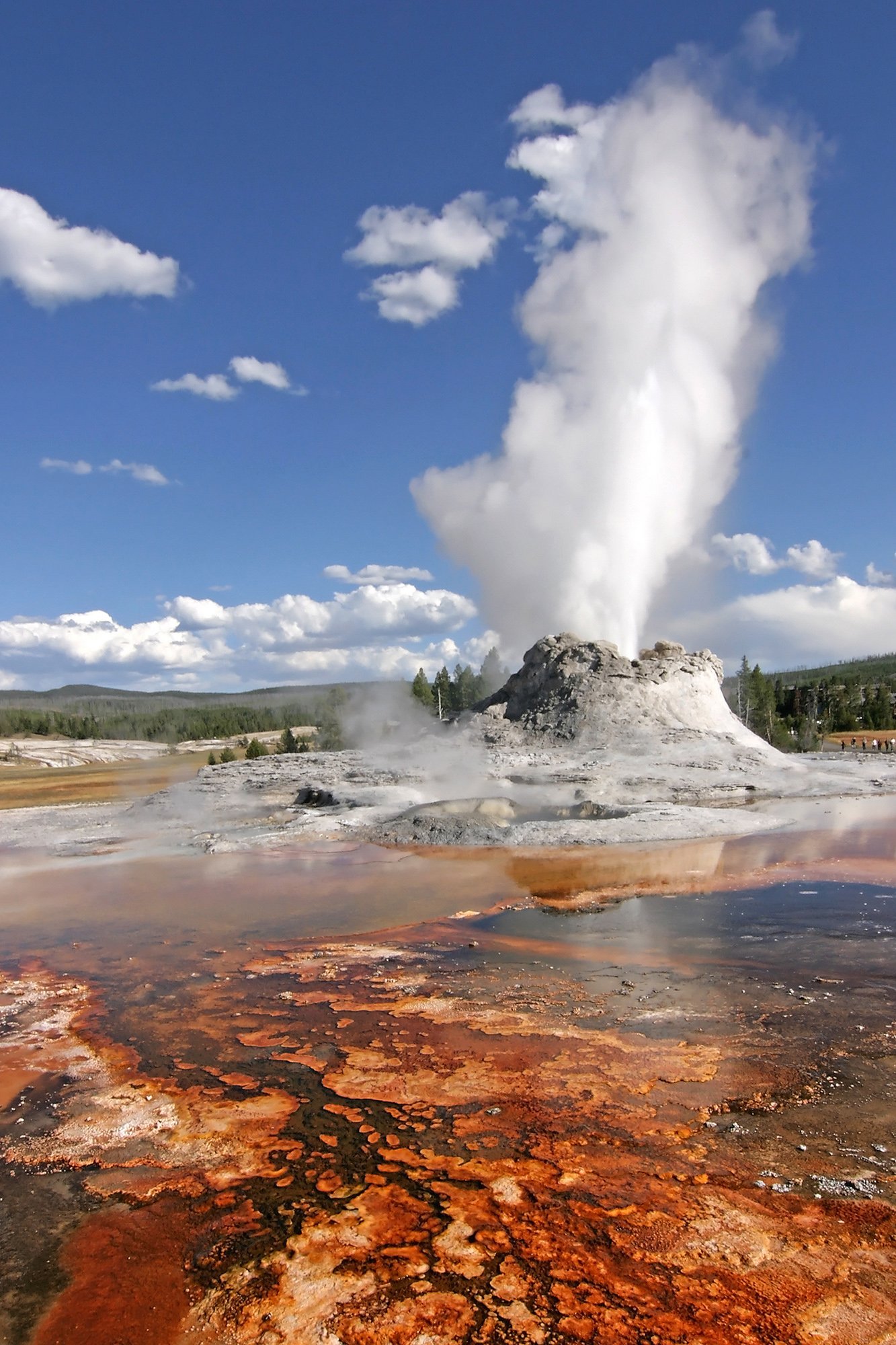Yellowstone National Park, renowned for its geothermal features and diverse wildlife, also offers a spectacular celestial show – the Northern Lights. This natural phenomenon, visible during dark, clear nights from late August to mid-April, attracts visitors from around the world. The park’s remote location and minimal light pollution create ideal conditions for viewing the Aurora Borealis, especially during the peak of the solar cycle expected around 2024-2026.
What Are the Best Months to See Northern Lights in Yellowstone?

The optimal time to witness the Northern Lights in Yellowstone National Park spans from late August to mid-April. However, certain months offer better viewing opportunities:
- September
- October
- November
- December
- January
- February
- March
These months provide longer, darker nights, essential for observing the aurora. The equinoxes, particularly the last two weeks of September and the second and third weeks of March, are statistically the best times due to increased solar activity.
When Are the Specific Dates for Peak Northern Lights Activity?

While the Northern Lights can be unpredictable, certain dates tend to offer better chances for viewing:
- Autumnal Equinox: Last two weeks of September
- Spring Equinox: Second and third weeks of March
These periods coincide with heightened solar activity, increasing the likelihood of spectacular auroral displays.
How Does Solar Activity Affect Northern Lights Visibility?
Solar activity plays a crucial role in the visibility and intensity of the Northern Lights:
- Solar Cycle: The sun’s activity follows an 11-year cycle
- Current Cycle: Expected to peak around 2024-2026
- Impact: Increased solar activity leads to more frequent and vibrant auroral displays
During the peak years, the chances of witnessing the Northern Lights in Yellowstone significantly improve, even at lower latitudes.
What Weather Conditions Are Ideal for Northern Lights Viewing?
Clear skies are essential for observing the Northern Lights. Here’s what to consider:
| Weather Factor | Ideal Condition | Impact on Viewing |
|---|---|---|
| Cloud Cover | Clear skies | Critical |
| Temperature | Cold, dry nights | Favorable |
| Precipitation | None | Obstructs view |
| Wind | Calm | Enhances clarity |
Winter months often bring clearer skies, but they can also be cloudy. It’s crucial to check both the aurora forecast and weather conditions before planning your viewing expedition.
What Are the Best Photography Tips for Capturing Northern Lights?
To capture stunning images of the Northern Lights in Yellowstone, consider these photography tips:
- Camera Settings:
- Mode: Manual
- ISO: 800-3200
- Shutter Speed: 10-30 seconds
- Aperture: f/2.8 or wider
-
White Balance: Auto or Daylight
-
Equipment:
- Sturdy tripod
- Remote shutter release
- Wide-angle lens
-
Extra batteries (cold temperatures drain them quickly)
-
Composition:
- Include foreground elements for depth
- Experiment with different angles and perspectives
- Consider using the park’s unique features as a backdrop
Remember to focus manually, as autofocus may struggle in low light conditions.
Where Are the Ideal Locations for Northern Lights Viewing in Yellowstone?
Yellowstone offers several prime locations for observing the Northern Lights:
- Lamar Valley: Known for its dark skies and open vistas
- Hayden Valley: Offers expansive views with minimal light pollution
- Yellowstone Lake: Provides reflective surfaces for stunning aurora photographs
- Old Faithful Area: Combines geothermal features with potential aurora sightings
- Madison Junction: Offers open areas away from major light sources
These locations combine minimal light pollution with accessible viewing areas, enhancing your chances of a memorable Northern Lights experience.
Are There Any Permits or Restrictions for Northern Lights Viewing?
While no special permits are required for viewing or photographing the Northern Lights in Yellowstone, visitors should be aware of the following:
- Park Rules: Adhere to all park regulations, especially regarding nighttime activities
- Trail Use: Stay on designated trails to protect the park’s ecosystem
- Wildlife Safety: Maintain a safe distance from wildlife, even at night
- Winter Access: Some areas may have restricted access during winter months
Always check with park authorities for the most up-to-date information on access and restrictions.
What Winter Activities Can Be Combined with Northern Lights Viewing?
Yellowstone offers a range of winter activities that can complement your Northern Lights viewing experience:
- Snowcoach Tours: Guided tours through the park’s winter landscapes
- Cross-Country Skiing: Explore groomed trails under the starry sky
- Snowshoeing: Access remote areas for unique viewing opportunities
- Winter Wildlife Tours: Combine aurora viewing with wildlife spotting
- Hot Spring Visits: Experience the contrast of geothermal features against the night sky
These activities not only enhance your visit but also provide unique perspectives for potential Northern Lights sightings.
How Accessible Are Northern Lights Viewing Areas for All Visitors?
Accessibility varies across Yellowstone’s Northern Lights viewing areas:
- Parking Facilities: Available near popular viewing spots, but may be limited in winter
- Trail Conditions: Can be challenging due to snow and ice
- Mobility Considerations: Some areas may be difficult for visitors with mobility issues
| Accessibility Factor | Winter Condition | Recommendation |
|---|---|---|
| Parking | Limited by snow | Check availability |
| Trails | Snow-covered | Use appropriate gear |
| Facilities | Reduced services | Plan accordingly |
Visitors with mobility concerns should consider guided tours or snowcoach excursions for safer and more comfortable Northern Lights viewing experiences.
What Should I Pack for a Northern Lights Viewing Trip to Yellowstone?
Preparing for a Northern Lights viewing trip in Yellowstone requires careful packing:
- Warm Clothing:
- Insulated jacket
- Thermal base layers
- Warm hat and gloves
-
Insulated boots
-
Photography Gear:
- Camera with manual settings
- Tripod
-
Extra batteries and memory cards
-
Safety Equipment:
- Headlamp with red light option
- Hand warmers
- Emergency blanket
-
First aid kit
-
Miscellaneous:
- Thermos with hot beverages
- Snacks
- Binoculars
- Aurora forecast app on your smartphone
Proper preparation ensures a comfortable and safe Northern Lights viewing experience in Yellowstone’s winter environment.
By following this guide, you’ll be well-prepared to witness the awe-inspiring Northern Lights in Yellowstone National Park. Remember to check current conditions, respect park rules, and embrace the unpredictable nature of this magnificent natural phenomenon.

